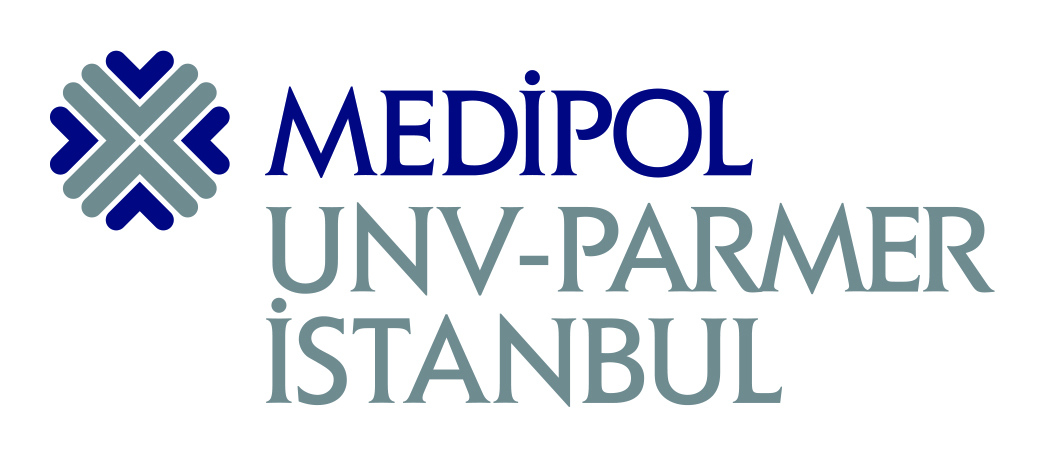Medipol University’s Parkinson’s Disease and Movement Disorders Center (PARMER), Neurosurgeon Assoc. Prof. Dr. has answered the frequently asked questions about DBS treatment that can reverse the clock on Parkinson’s disease.
According to data collected from national Parkinson’s associations, it is estimated that there are over 8 million Parkinson’s patients worldwide. Assoc. Prof. Dr. Zırh explained that Parkinson’s is a chronic neurological disease caused by a deficiency of a substance called ‘dopamine’ in the brain. He stated, “Due to the deficiency of this substance, patients may experience symptoms such as rigidity, tremors, stiffness, slowness, facial expression dullness, ‘masked face’ expression, and walking with small bent steps. The initial treatment for movement disorders, such as Parkinson’s disease, characterized by tremors, is medication. DBS treatment has shown successful results in Parkinson’s patients who do not respond adequately to medication or experience severe medication side effects”.
BRAIN STABILIZER IF MEDICAL TREATMENT IS NOT SUFFICIENT
If medication therapy is not sufficient, Deep Brain Stimulation treatment may be considered. Assoc. Prof. Dr. Zırh emphasized the importance of having a significant reason to recommend surgery for the patient. He stated, “Patients who have inadequate medical treatment, whose daily life cannot function normally with medication, who experience frequent fluctuations in motor symptoms, or who cannot achieve satisfactory results due to intense medication side effects are candidates for surgical treatment. Additionally, if there is severe tremor that cannot be corrected with any form of medical treatment, DBS treatment can be applied to stop the tremor.”
Assoc. Prof. Dr. Zırh explained the working principle of DBS as follows: “Deep Brain Stimulation is a method that can deliver electrical current to any point in the human brain, thereby stimulating or suppressing electrical activity in the brain cells of the stimulated area. It is worth noting that we achieve higher efficiency in patients we treat in the early stages with this treatment method called ‘neuromodulation’. When we perform this surgery on a patient who does not respond adequately to medication or experiences severe medication side effects at the appropriate time, we achieve much more successful results.”
Dr. Zırh, beyin pilinin çalışma prensibini ise şöyle anlattı: “Beyin pilleri insan beyni içerisinde herhangi bir noktaya elektrik akımı verebilmeyi, böylelikle elektrik akımı verilen bölgedeki beyin hücrelerindeki elektriksel aktiviteyi uyarmayı ya da baskılayabilmeyi sağlayan cihazlardır. ‘Nöromodülasyon’ adı verilen bu tedavi yöntemi ile erken evrede tedavi ettiğimiz hastalarda daha yüksek randıman aldığımızı söylemekte fayda var. İlaç tedavisinden yeterli yanıt alamayan veya şiddetli ilaç yan etkileri yaşayan bir hastaya uygun zamanda bu operayonu gerçekleştirdiğimizde çok daha başarılı sonuçlar elde ediyoruz.”
DURING THE OPERATION THE PATIENTS ARE AWAKE
Assoc. Prof. Dr. Zırh stated that the surgery, which consists of two parts, is completed in approximately 3-4 hours. He continued, “During these surgeries, the locations of the cells responsible for the disease in the brain are determined by listening to their electrical activities one by one, and two electrodes are placed inside the brain. The patient remains awake during the surgery while the cells’ activity is monitored. The response of patients to very low electrical stimuli is observed. Patients are only put under anesthesia during the final stage of the operation when the device’s body is placed subcutaneously on the chest to avoid discomfort. After the surgery, the fine adjustments of the devices are made through computer-based settings during follow-up visits, which occur at intervals of a few weeks. The parameters are adjusted to maximize the effectiveness for each patient. The average lifespan of neurostimulators in Parkinson’s patients is between 4-6 years, and the intensity of the electrical current affects the lifespan of the device. If the electrical current given to the patient is higher, as seen in dystonia patients, the lifespan of the device may be shorter. The lifespan of the device is monitored with regular check-ups. If the device is nearing its end, the neurostimulators are replaced with a neurostimulator replacement surgery that takes approximately half an hour.”
SYSTEMIC DISORDERS ARE OBSTACLES FOR THE TREATMENT
Assoc. Prof. Dr. Zırh explains that in some cases, systemic illnesses can prevent the application of DBS treatment for Parkinson’s patients. He states, “Conditions like Parkinson Plus, which have additional problems in addition to Parkinson’s disease and do not respond well to medical treatment, as well as diseases that progress differently and rapidly due to certain characteristics similar to Parkinson’s, are not suitable for surgical treatment. If a patient does not benefit adequately from medical treatment, or if they have not yet experienced the early stages of the disease, unfortunately, they will not benefit significantly from DBS treatment. Additionally, even if a patient is a candidate for surgery, if they have a systemic illness that significantly reduces their life expectancy, or if they have an internal or other condition that prevents the application of DBS treatment or the administration of short-term anesthesia during the procedure due to their physical characteristics, then it is not appropriate to apply DBS treatment to these patients; other treatment methods should be considered.”
